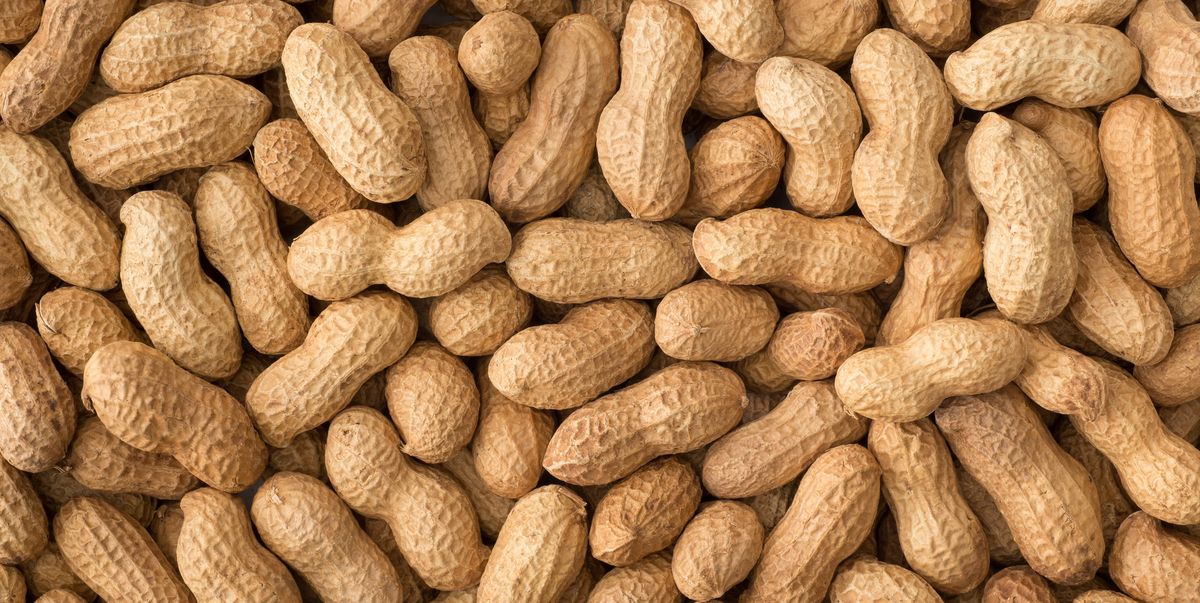
How to Help Pediatricians Apply Peanut Allergy Guidelines
Peanut allergy is a significant concern for pediatricians, as it affects approximately 1 in every 50 children in the United States. The American Academy of Pediatrics (AAP) and the National Institute of Allergy and Infectious Diseases (NIAID) have both issued guidelines for the prevention of peanut allergy in infants, which have been updated over the years. As a pediatrician, it is important to stay up-to-date with the latest guidelines and be able to apply them effectively in practice.
This article will provide practical tips for pediatricians on how to help their patients and families apply the peanut allergy guidelines.
Understanding the Guidelines
The latest guidelines from the NIAID recommend introducing peanut-containing foods into the diet of infants who are at high risk of developing peanut allergy. High-risk infants are those with severe eczema, egg allergy, or both. For these infants, peanut-containing foods should be introduced between 4 and 6 months of age, after consultation with a healthcare provider.
For infants who are not at high risk, peanut-containing foods can be introduced freely into the diet, alongside other solid foods, at any age that is appropriate for the individual child.
Pediatricians should be familiar with these guidelines and be able to communicate them clearly to parents and caregivers. It is important to emphasize the importance of early introduction of peanut-containing foods in high-risk infants and reassure parents that early introduction does not increase the risk of peanut allergy.
Identifying High-Risk Infants
Identifying high-risk infants is an important part of implementing the peanut allergy guidelines. Pediatricians should ask parents about their child’s history of eczema and egg allergy during routine visits. If a child has severe eczema or a history of egg allergy, they should be considered at high risk for peanut allergy and referred for evaluation.
Pediatricians should also be aware of the different types of eczema and the severity of each type. The guidelines define severe eczema as widespread, poorly controlled, or persistent eczema that requires frequent use of prescription-strength topical corticosteroids. Infants with mild to moderate eczema are not considered high-risk for peanut allergy and can safely consume peanut-containing foods according to their age-appropriate feeding schedule.
Referring High-Risk Infants for Evaluation
Pediatricians should refer high-risk infants for evaluation by a specialist before introducing peanut-containing foods into their diet. This evaluation may involve skin prick testing, blood testing, or an oral food challenge.
The specialist will determine if the infant is allergic to peanuts and advise on the appropriate course of action. If the infant is not allergic, they should be encouraged to consume peanut-containing foods regularly as part of a healthy diet. If the infant is allergic, the specialist will provide guidance on how to manage the allergy.
Introducing Peanut-Containing Foods
Once a high-risk infant has been evaluated and deemed not allergic to peanuts, peanut-containing foods can be introduced into their diet. Pediatricians should advise parents to introduce peanut-containing foods gradually and in small amounts, as they would with any new food.
It is important to note that peanut butter should not be given to infants under the age of 6 months, as it is a choking hazard. Instead, parents can introduce peanut-containing foods in the form of peanut flour, smooth peanut butter mixed with pureed fruits or vegetables, or small pieces of peanuts.
Pediatricians should also advise parents to continue offering peanut-containing foods regularly to high-risk infants to maintain tolerance. Infants who are not at high risk can be introduced to peanut-containing foods as part of their age-appropriate feeding schedule.
Educating Parents and Caregivers
Pediatricians should take the time to educate parents and caregivers about the importance of early introduction of peanut-containing foods in high-risk infants. They should also explain the potential benefits of early introduction, such as the prevention of peanut allergy and the promotion of healthy eating habits.
Parents and caregivers should be encouraged to introduce a variety of foods, including peanut-containing foods, into their child’s diet. Pediatricians can provide resources, such as handouts and websites, to help parents and caregivers make informed decisions about feeding their child.
Pediatricians should also emphasize the importance of reading food labels and checking for peanut-containing ingredients in processed foods. They should advise parents and caregivers to avoid giving their child whole peanuts, as they are a choking hazard, and to be mindful of potential cross-contamination when preparing foods that contain peanuts.
Managing Peanut Allergy
For infants who are diagnosed with peanut allergy, pediatricians should provide guidance on how to manage the allergy. This may include avoiding peanut-containing foods altogether or consuming peanut-containing foods in controlled environments under the supervision of a healthcare provider.
Pediatricians should also provide resources, such as allergist referrals and educational materials, to help families manage the allergy and avoid potential allergic reactions.
Conclusion
Pediatricians play an important role in helping to prevent peanut allergy in infants by applying the latest guidelines from the AAP and NIAID. This involves identifying high-risk infants, referring them for evaluation, and advising parents and caregivers on how to introduce peanut-containing foods into their child’s diet. Pediatricians should also educate parents and caregivers on the importance of early introduction of peanut-containing foods and provide guidance on how to manage peanut allergy in infants who are diagnosed with the allergy. By working together, pediatricians and families can help to promote healthy eating habits and prevent peanut allergy in infants.
Visit DocMode for Courses and lectures

